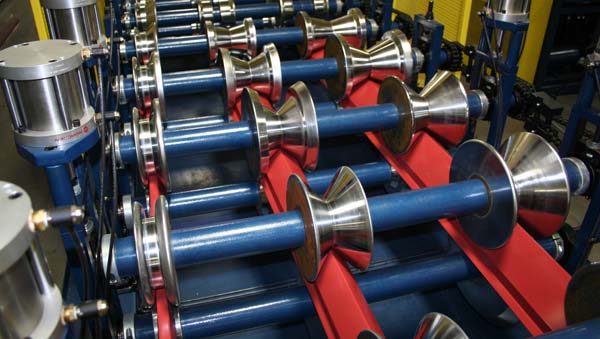The evidence is difficult to dispute at this point. Whether you choose to call it recession, “stagflation”, or the end of the world, the business climate is slowing in general and for many segments of the construction market. Home starts are down. Supply chains are questionable. Energy and transportation prices are up. Consumer confidence is down. The technical financial description of the current business climate is “a mess”.
In tough business situations the idea is to first survive, and second arrange a good position to move into when the event ends. Part of that is recognizing the resources that are available and finding a way to utilize them to your best advantage.
The primary resources for any business are people and money. Both should be managed differently in difficult times. Volumes have been written about attracting and keeping good personnel, while handling money is often taken for granted. It shouldn’t be. Every business needs money to operate. Whether it is yours or someone else’s it is a necessity; without it everything stops. If the money is of the OPM (operating profit margin) variety, chances are it comes from a bank as some form of credit.
We are currently in a recession, and in times of uncertainty or turmoil, how you manage your money and cash flow can determine if your business survives.
Credit Available to Builders and Contractors
Builders and contractors typically work with banks and credit facilities in one of three ways:
1. Construction loans that are rolled into a mortgage for the home owner
2. Financing for spec homes or developments
3. A credit line for the business
This article will cover some of the basics involving credit lines and how to use them.
A credit line is essentially a pre-approved loan from the bank. There is a set amount of capital waiting for you to use. Getting approved for a credit line is similar in many ways to being approved for any traditional loan.
Credit Line Terms and Requirements
An applicant typically needs real property that the bank can use as collateral. It can be real estate, vehicles or construction equipment, but banks prefer to be the only entity with a claim on the property. If you have an existing relationship with the bank, they may be willing to make exceptions or find a way to use what you have available.
In addition to a real and tangible asset, you would need 3 years of business and personal tax returns and probably a personal guaranty.
The mechanics of a credit line are simple, but be certain you understand the terms and conditions at the outset as some banks handle the details differently.
The line of credit will be for a pre-approved amount at a specified interest rate. You will not be charged interest until you use (draw down) the credit. When you do, the interest must be paid every month. You are not required to make any set payment on the principle.
There is a catch: a credit line needs to be zeroed out once per year. The interpretation of “zero” is one of the potential differences between banks. Zero always means the principle amount needs to be paid off; the difference lies in the interpretation of how payments are applied. As an example, if your business draws down on the credit line every month for $100 dollars, and pays the $100 plus interest at the end of the month, a banker could say either “the old principle is paid off so the account is at zero” or “you have $100 outstanding in new credit so the account is not at zero”. The bank policy on “zero” should be understood at the outset so you can plan how to use the credit line.
The draw downs can occur in one of two ways. The first is that the credit can be linked to your account and act as automatic overdraft protection. You make payments and write checks as normal. The bank does what is called a “sweep” and the credit line is activated and covers any shortfall in the account.
The other way to draw down is by notifying the bank. If you wish to use the credit, call your banker and tell them to draw down your credit by $100. They will deposit it in your account.
Credit Line Usage
The trick is to match the way you use your credit line to your business philosophy and situation. This is a decision you must make. Consider the advice of your banker and accountant, but this is your decision.
One potential use is to take advantage of supplier discount terms while holding on to your own money. Many suppliers offer additional discounts if invoices are paid in advance. Payment terms of “Net 30, 2% net 10” mean the bill is due in 30 days, but if you pay within 10 days you receive an additional 2% discount.
The challenge is how builders and contractors get paid upon completion of a project. If you build a new house, the payment process is typically several steps. The builder submits a draw request or invoice to the title company. The title company verifies and inspects the work. When the work is approved the title company pays the builder. The total time for the process varies between title companies, but can easily stretch beyond the 10 days to receive the additional discount.
In this instance a line of credit could help. If the terms are 2% net 10 on a $10,000 order, the additional discount is $200. Credit lines are typically approximately prime +1%, so as of writing this article the rate would be +/- 7.25%. One month of interest on $10,000 at 7.25% is $61. By utilizing a credit line to meet the payment terms required for the discount, you would spend $61 to save $200. A net savings of $139.
This is similar to using a credit card, but has less risk after the 30 days. Credit card rates are often 15% or higher. If there is a risk of delayed payment, having the lower interest rate is a plus.
Look at your options and prepare in advance. A credit line that is ready and waiting to be used could help you maximize discounts or be the difference between making payroll or not in the case of a slow pay or pays. RB



















